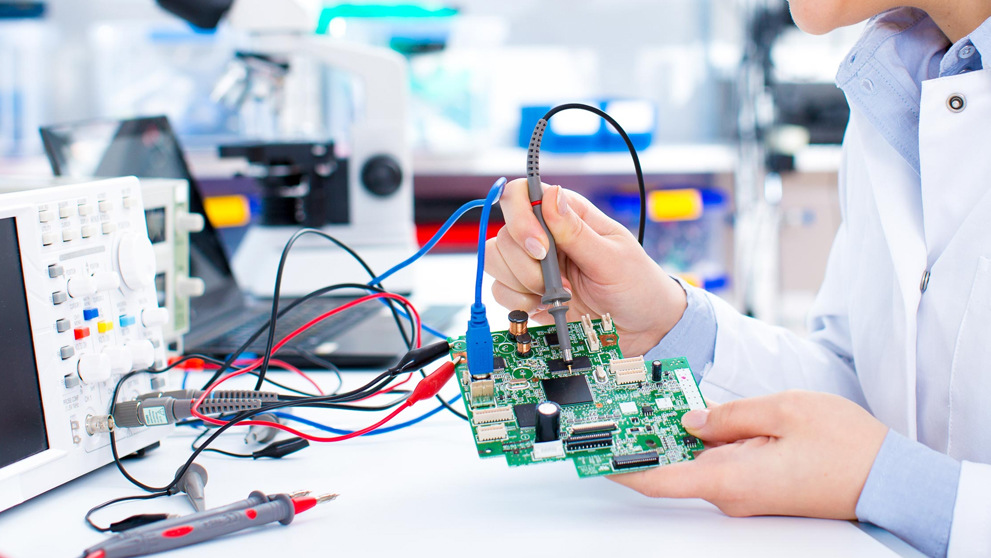Semiconductor devices are essential to the manufacturing of electrical products. From smartphones to cars to gaming hardware to electrical appliances, semiconductors can be found in a multitude of devices. Also known as microchips, or integrated circuits (ICs), these ubiquitous devices are critical to the global economy, and the industry has never seen greater demand. The industry is set to grow to a value of US$1 trillion by the end of the decade, according to McKinsey & Company.
As supply shortages trigger production disruptions and supply chain bottlenecks, tech companies around the world look to diversify their sources. Companies in the Philippines can tap into this demand for microchips by shipping them internationally.
In this article, we provide greater insight into the semiconductor industry and offer a guide on the customs regulations of shipping semiconductor devices globally and how to package them when shipping.
Understanding the semiconductor industry in the Philippines
Semiconductor devices are key devices in the Philippines, capturing 10% of the global semiconductor manufacturing services market. The semiconductor and electronics export sector is also its largest export sector. According to the Observatory of Economic Complexity (OEC), the semiconductor industry in the Philippines is worth US$2.12 billion.
In 2020, the top countries that imported semiconductor devices are Hong Kong (US$16.5 billion), the US (US$12.5 billion), followed by China (US$10.8 billion), as found by The Observatory of Economic Complexity (OEC). Hong Kong, the industry’s biggest importer, accounts for 21.15% of the country’s electronics exports.
We see a global shift to adopt digital technologies, such as automation, the Internet of Things (IoT), artificial intelligence (AI), cloud computing, and 5G – all of which are supported by microchips. As consumer demand for electric vehicles, self-drive cars, and wireless communication sees an uptick, so will the parallel demand for semiconductors. According to International Data Corporation (IDC) in 2021, this demand for semiconductor devices was particularly strong in the industrial industry, with 30.2% year-on-year growth and the automotive industry at 26.7%.
What does this all mean for businesses in the Philippines? It presents local businesses with the attractive opportunity to become global suppliers of these chips. Philippines is a successful hub for Semiconductor Manufacturing Services (SMS) and Electronics Manufacturing Services (SMS) – making it easy for locals to gain access to the resources and expertise they need. Also, with English being spoken widely here, it makes it easy for foreign businesses to conduct trade and speak to sales representatives based overseas. By understanding how to ship to top export destinations, such as the US, you can seize this lucrative opportunity.


















